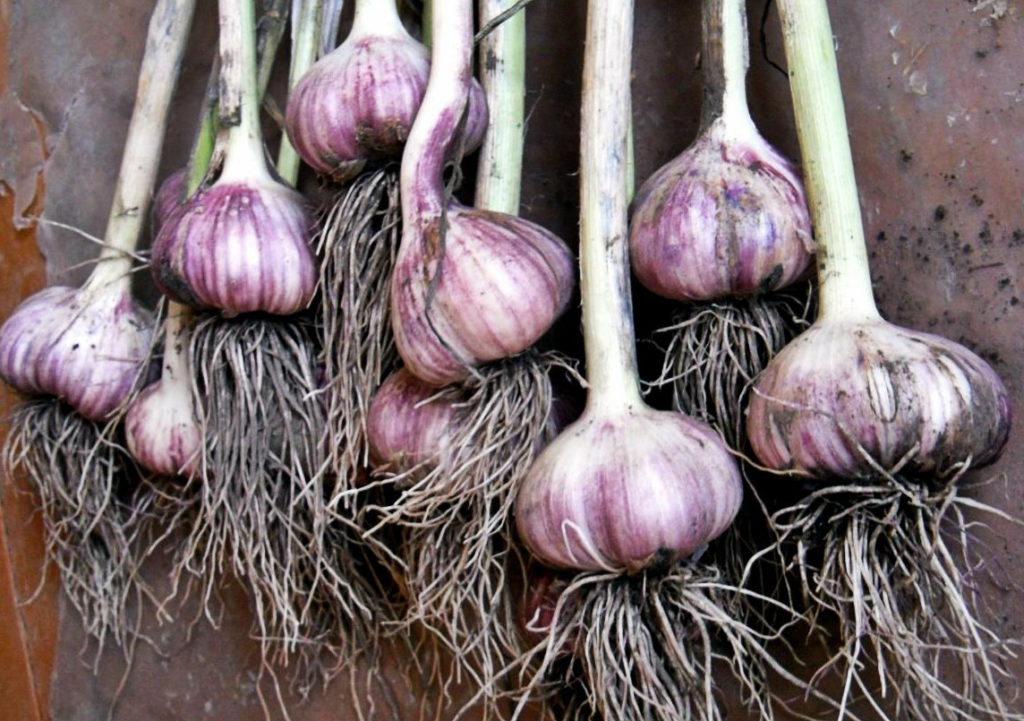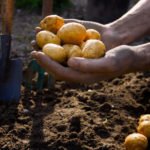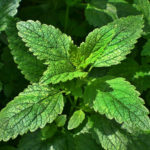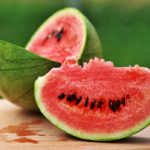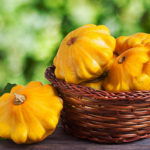Garlic: winter and spring
To begin with, I think it will be useful to remember what is the difference between winter and spring garlic. Obviously, the first one is planted in the fall — under the winter, and the second-in early spring. Ideally, you need to grow both: winter garlic gives a higher yield, but is stored worse, while with spring garlic, the opposite is true.
Externally, you can distinguish spring garlic from winter garlic by the size of the garlic clove (in spring they are smaller) and their location. In winter, garlic cloves are arranged in a row around the flower stalk — arrows. If you cut a clove of garlic of this variety across, then in the middle you can clearly see the beginnings of the future stem. And spring garlic is dominated by varieties without stems. Its garlic cloves are usually arranged spirally in several rows. I found a drawing that clearly shows these differences.

Accordingly, the methods of reproduction will be somewhat different. Winter garlic can be propagated with a clove of garlic or by air bulbectomies, which are formed on the arrows (if the gobies are not needed, the arrows usually break, without waiting for them to ripen and open). Spring garlic does not form bulbules, so it is propagated only with a clove of garlic.
Selection and preparation of a place for planting winter garlic
The place for planting should be chosen dry and sunny: where there is meltwater in the spring, garlic will not grow — it will simply rot. As a last resort, to protect the future crop, raise the bed higher-but this is the case when you simply have no other choice.
Garlic loves a fertile soil, so it is recommended to add 40 g (1.4 ounce) of superphosphate and 10 g (0.3 ounce) of potassium chloride to each square meter of the bed. You can use compost — it will take 4-6 kg (8.8-13.2 pound) for the same square meter.
It is important to consider the crop rotation. Like other vegetable crops, garlic should not be grown annually in the same place: diseases and pests characteristic of plants accumulate in the soil, the crop falls, and its quality deteriorates. It is advisable to return the garlic to its original place no earlier than in 3-4 years.
As a precursor to winter garlic, cucumbers, cauliflower and early cabbage, legumes are suitable. But after potatoes and onions, you do not need to plant it. But as a neighbor for potatoes, beets, or tomatoes, garlic is not bad; beans and peas are better not planted side by side.
The soil on the prepared bed is leveled and rows are set for planting with a distance between them of 40-45 cm (1.3-1.5 feet). Between the garlic cloves in a row, it is enough to keep 8-10 cm (3.1-3.9 inches).
Preparing cloves of garlic and landing
As we already remembered, winter garlic can be grown from a clove of garlic or from bulbas (in a two-year cycle). Garlic cloves for planting, you need to select large or medium-sized ones, since using small garlic cloves, a good harvest of garlic will not wait. Of course, the planting material should be healthy, not damaged. Even if the appearance of garlic is healthy, but it has grown on a site infected with pests or diseases, you should refrain from planting it.

I usually plant garlic without pretreatment. I plant in prepared beds to a depth of 8-10 cm (3.1-3.9 inches). I suggest mulching the soil with a layer of peat or humus. Beds with the onset of cold weather, I usually cover with spruce branches or straw.
